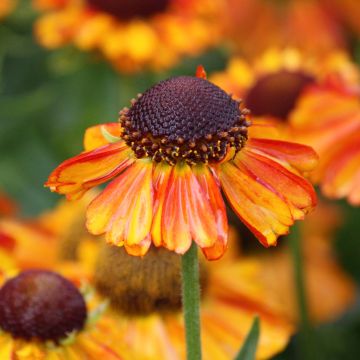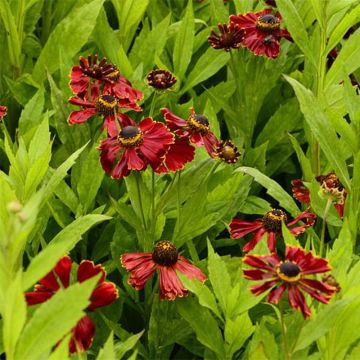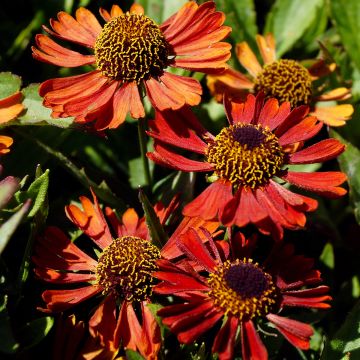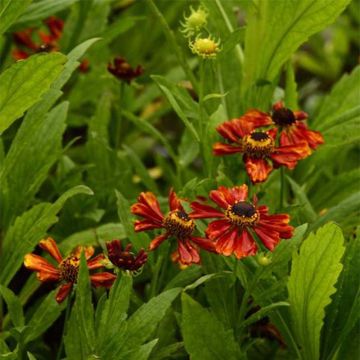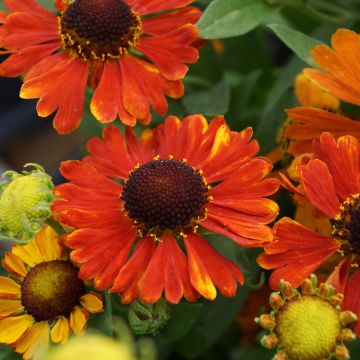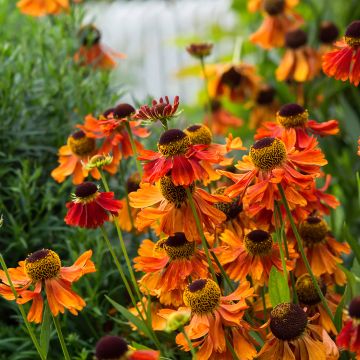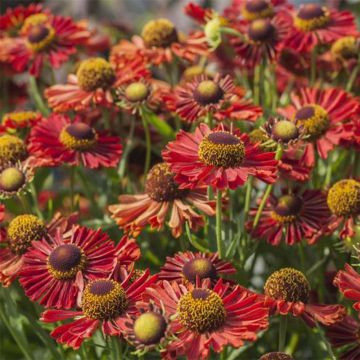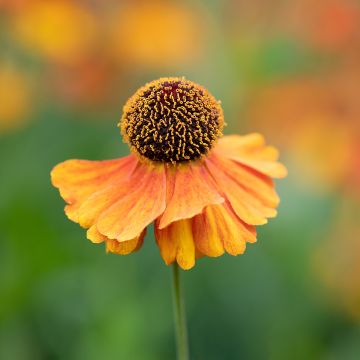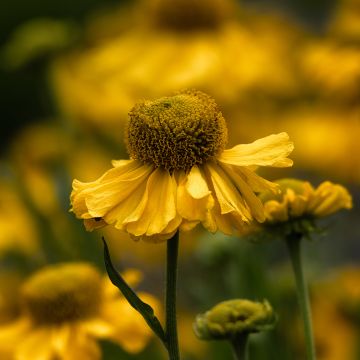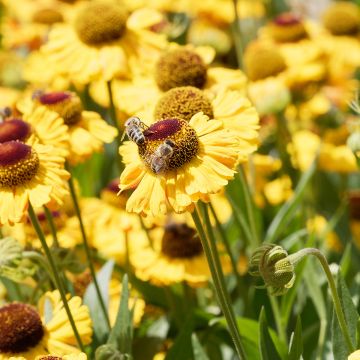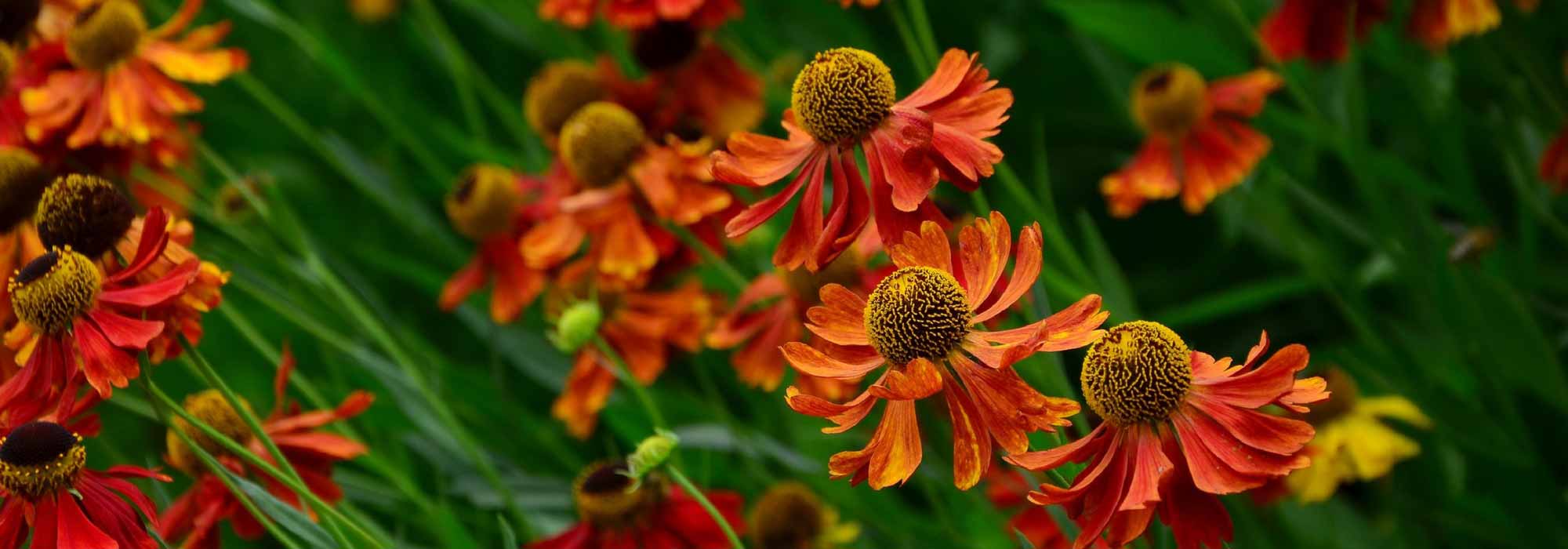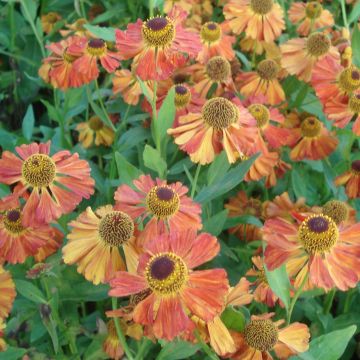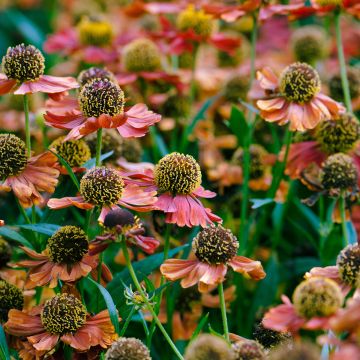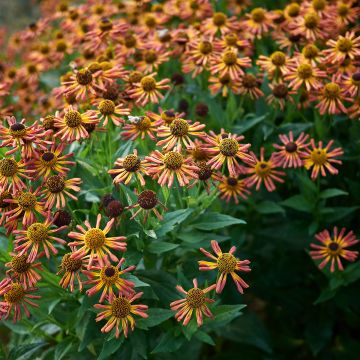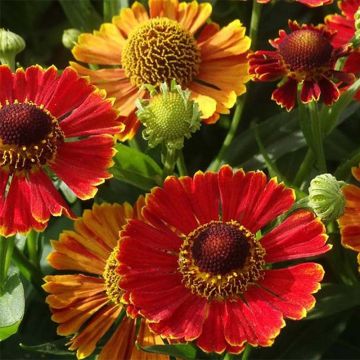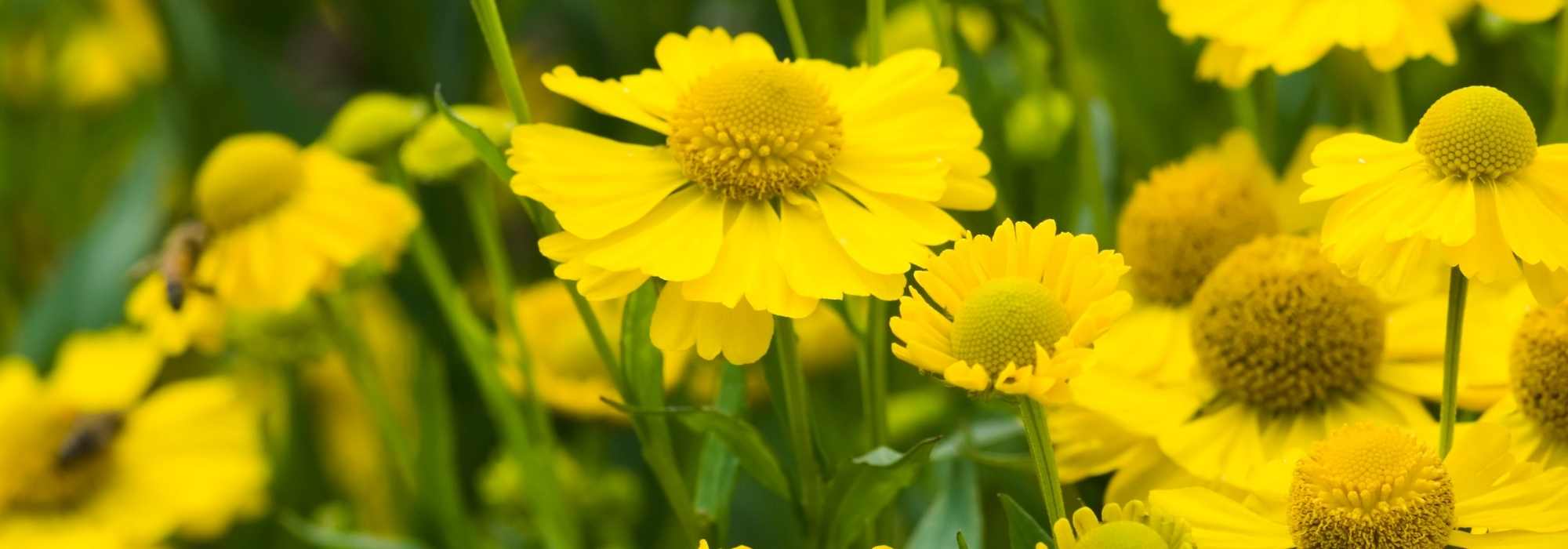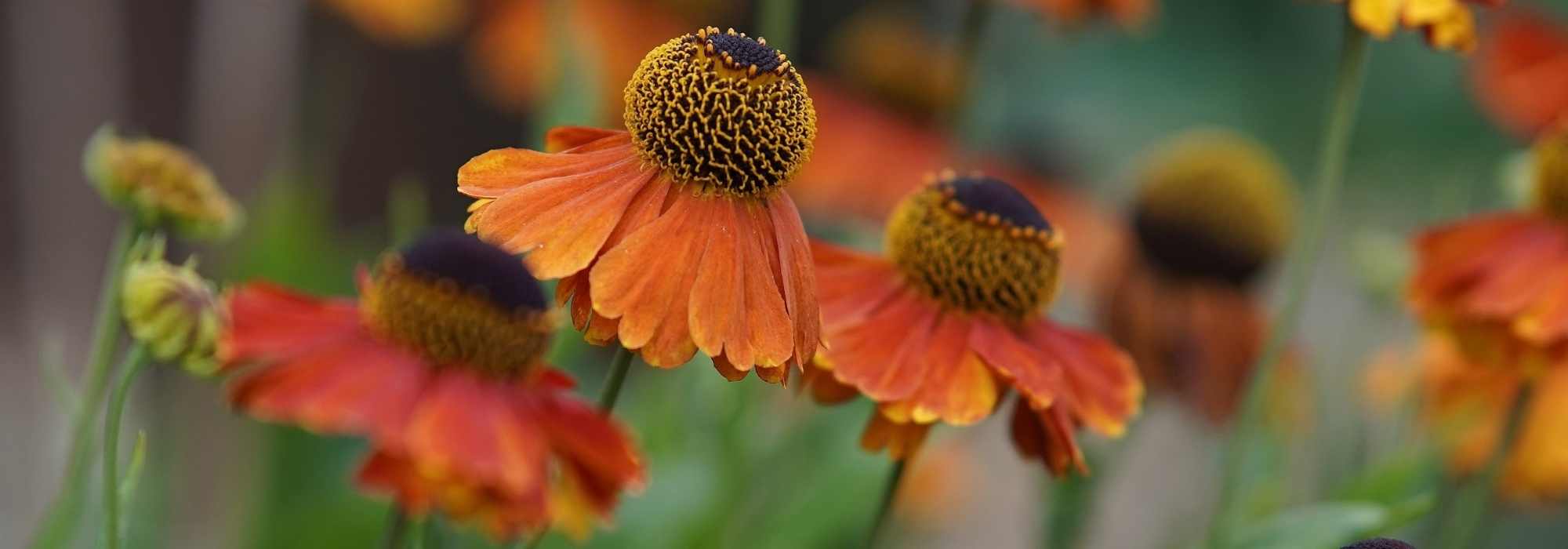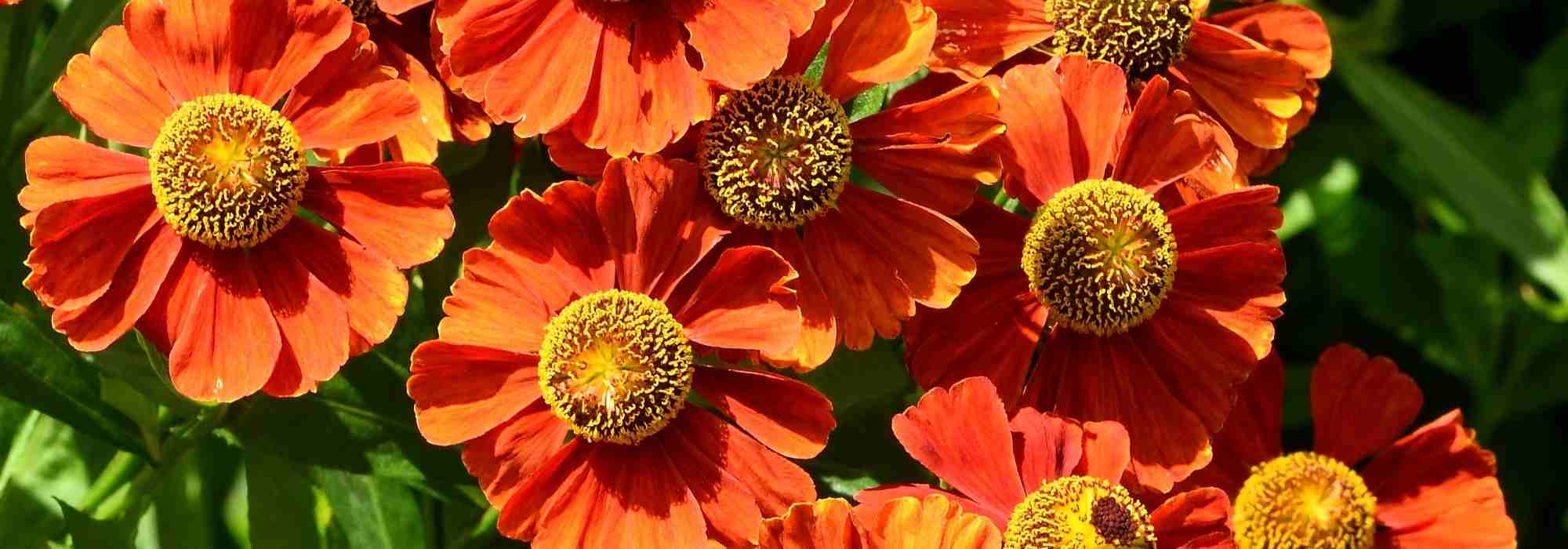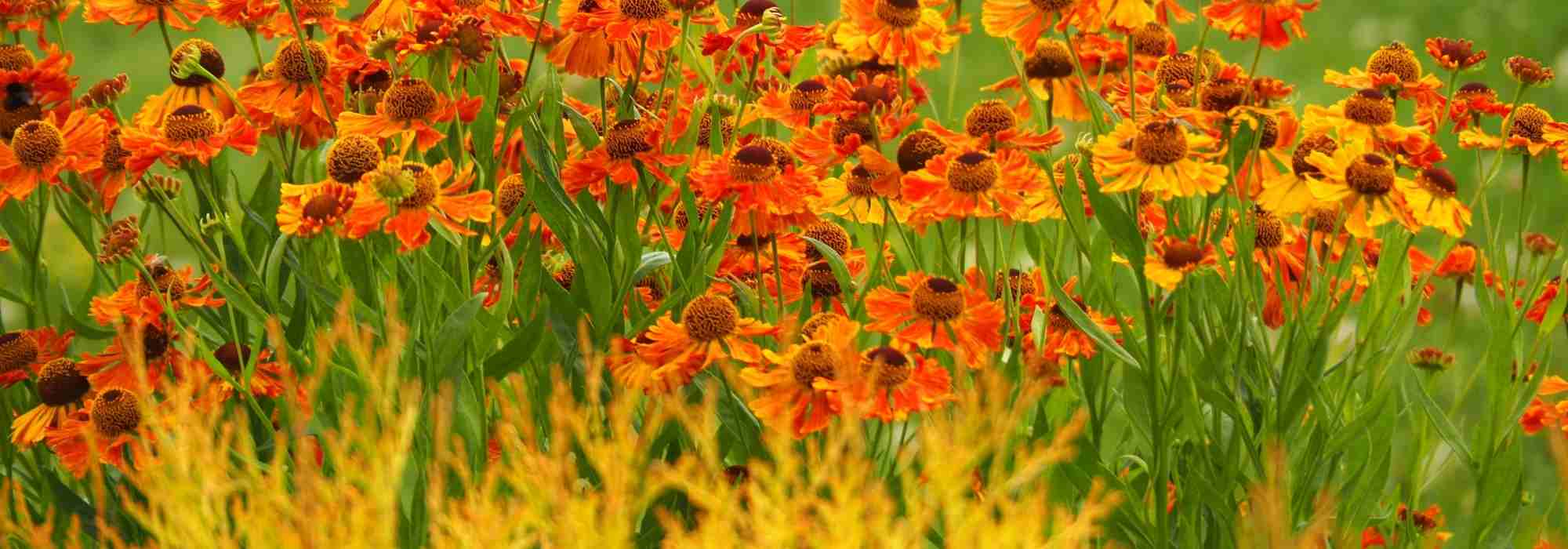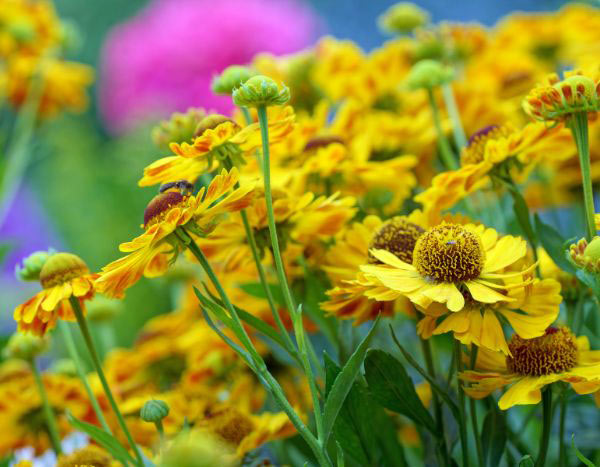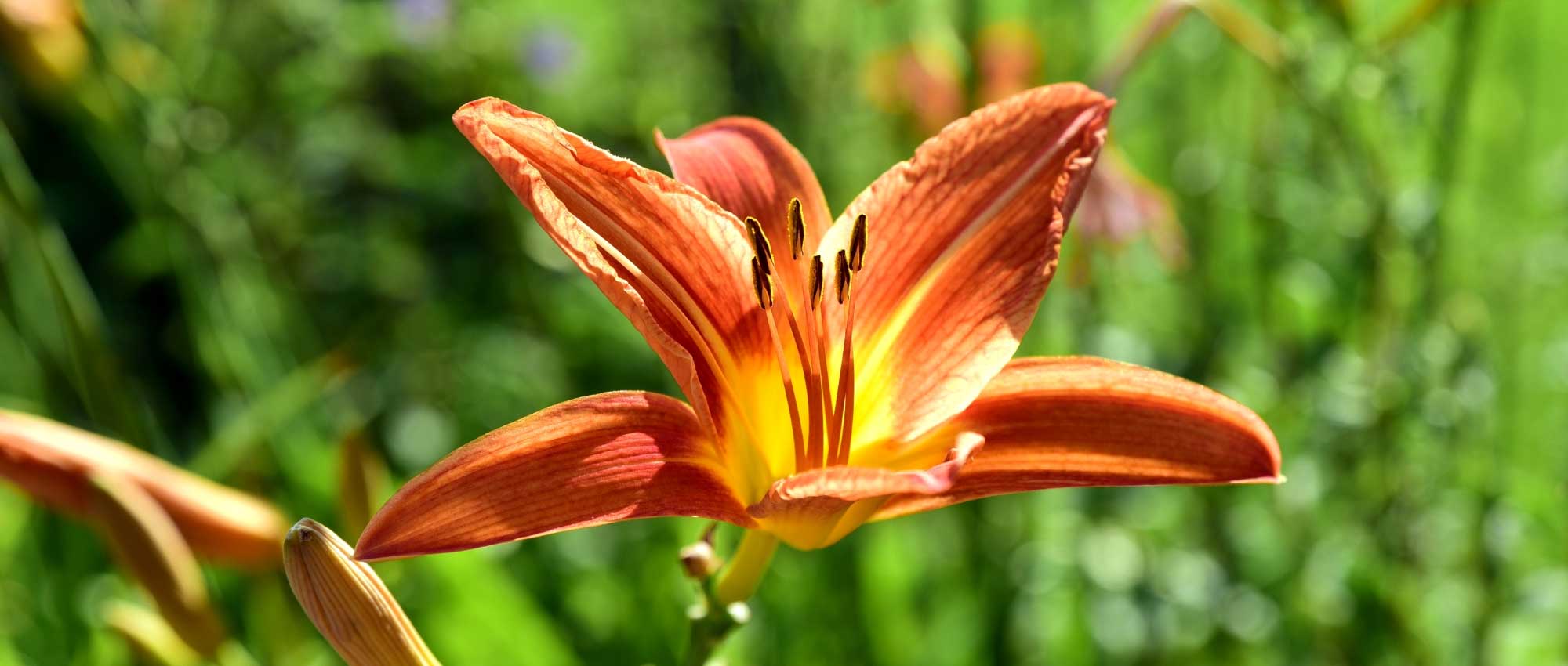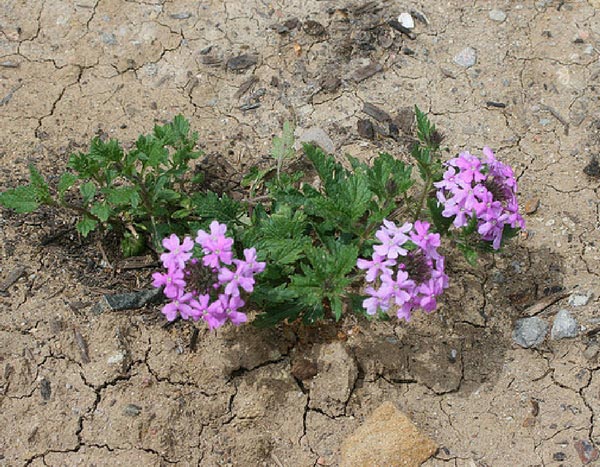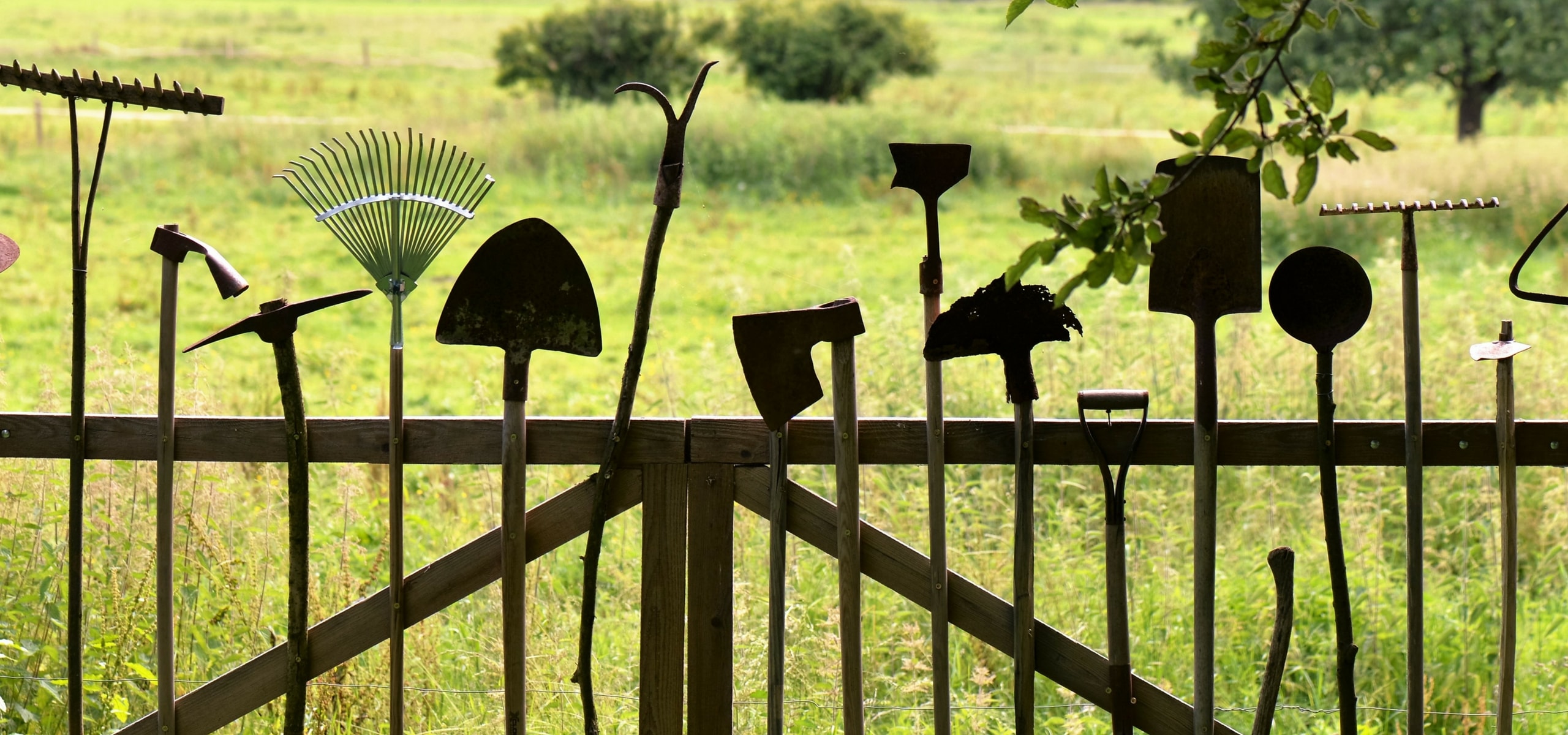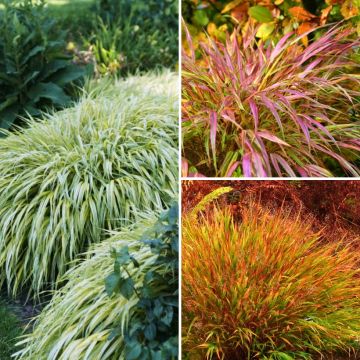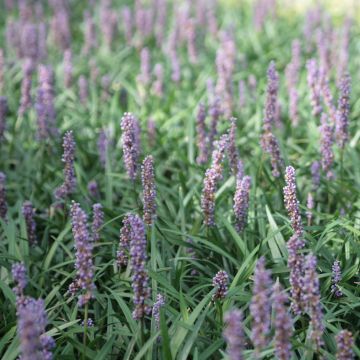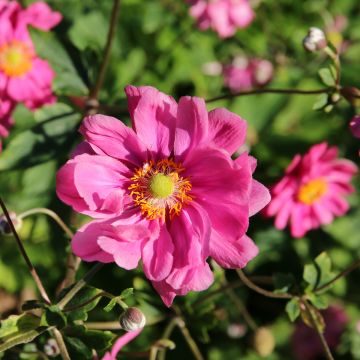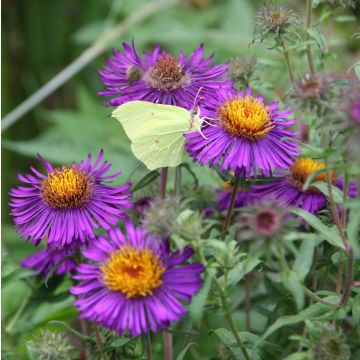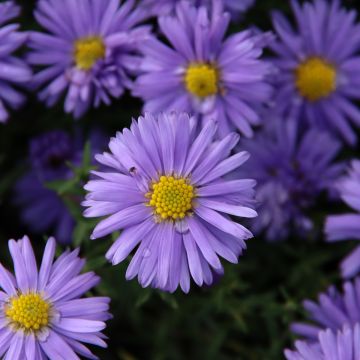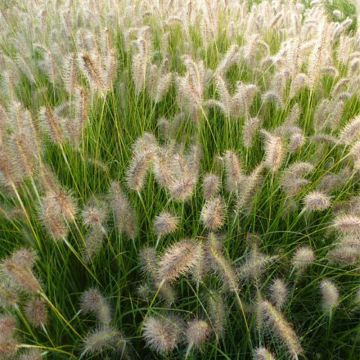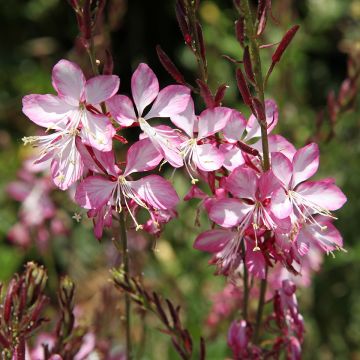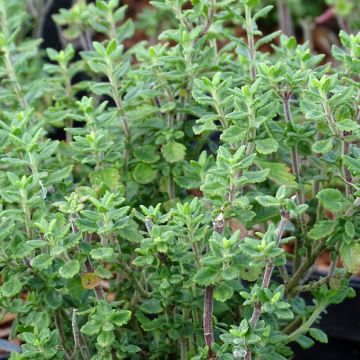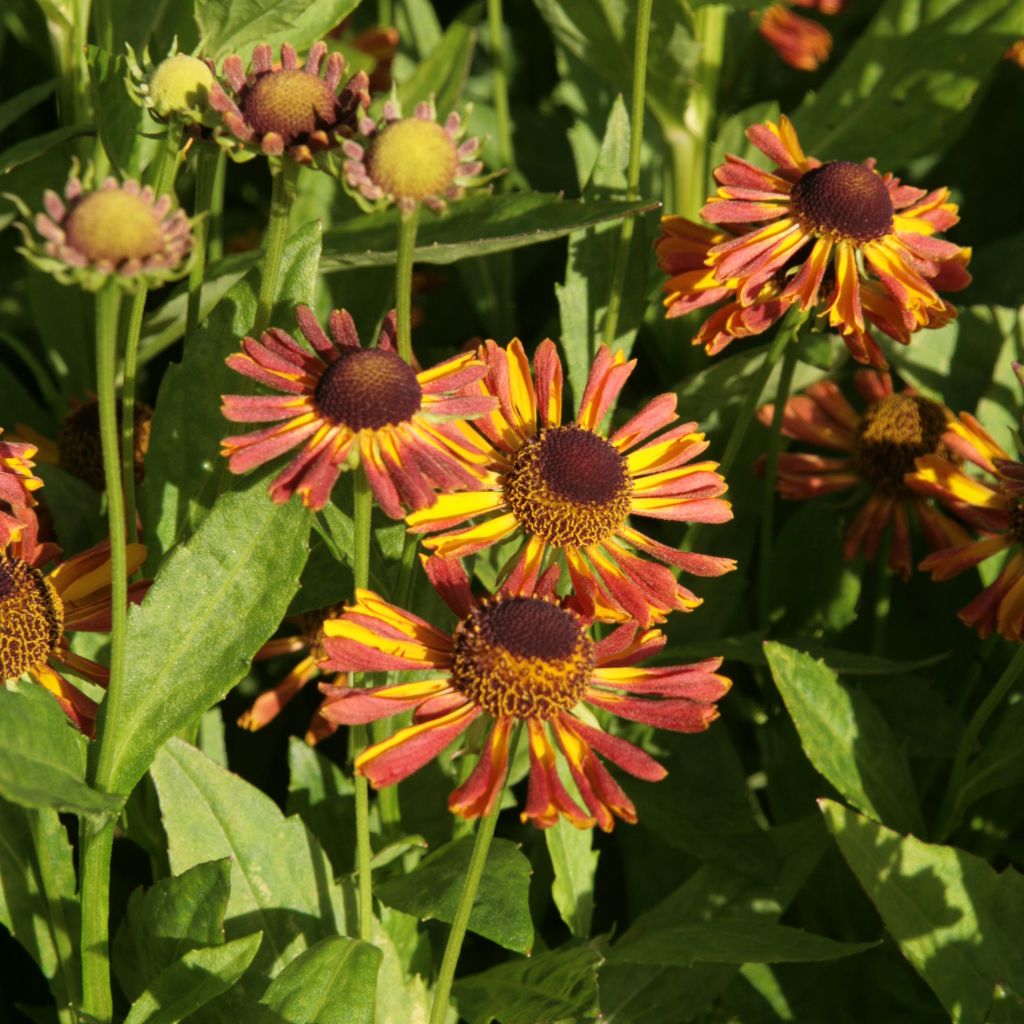

Helenium Tie Dye
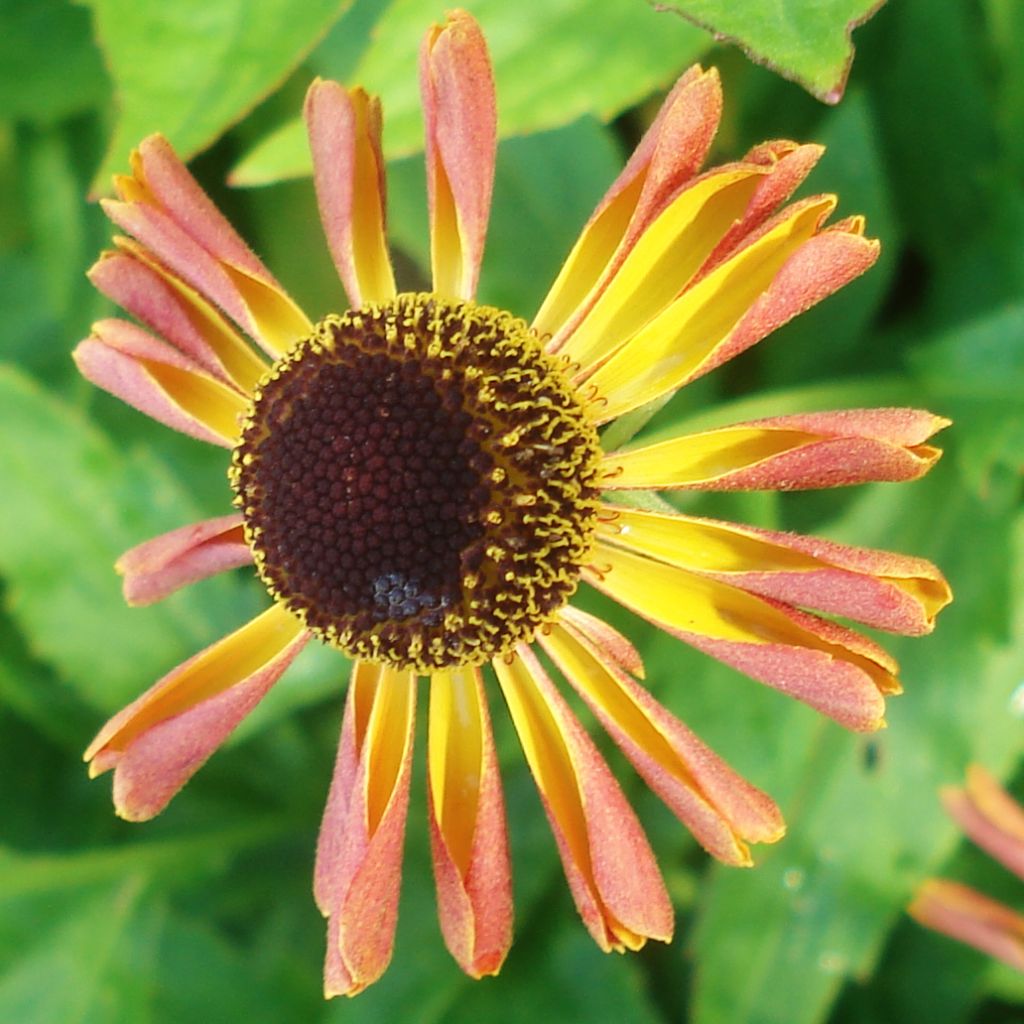

Helenium Tie Dye
Helenium Tie Dye
Helenium Tie Dye
Sneezeweed, Helen's flower, Dogtooth daisy
As is typical at this time, the young plant is almost devoid of foliage, there is only a clump of roots. I hope it will reappear in the spring, it is too early to be satisfied but they were planted right away and we will keep an eye on them.
Jaime, 29/11/2022
Special offer!
Receive a €20 voucher for any order over €90 (excluding delivery costs, credit notes, and plastic-free options)!
1- Add your favorite plants to your cart.
2- Once you have reached €90, confirm your order (you can even choose the delivery date!).
3- As soon as your order is shipped, you will receive an email containing your voucher code, valid for 3 months (90 days).
Your voucher is unique and can only be used once, for any order with a minimum value of €20, excluding delivery costs.
Can be combined with other current offers, non-divisible and non-refundable.
Why not try an alternative variety in stock?
View all →This plant carries a 12 months recovery warranty
More information
We guarantee the quality of our plants for a full growing cycle, and will replace at our expense any plant that fails to recover under normal climatic and planting conditions.
Does this plant fit my garden?
Set up your Plantfit profile →
Description
Helenium 'Tie Dye' is a recent and original variety of autumn sneezeweed, whose almost unreasonable flowering announces the end of summer in a fanfare. The petals appear striped with deep pink and yellow, they are tightly curled and arranged around a brown centre. This variety forms sturdy, wind-resistant, branched stems that generally do not require staking. A robust perennial that offers an abundance of unique flowers for bouquets in late summer and autumn. Easy to grow in the sun and in moist soil, this generous plant brings the garden to life from August to the first frost, in flower beds as well as in large pots.
Sneezeweed belongs to the aster family and is native to North America, where it often grows near marshes. The 'Tie Dye' cultivar, still relatively unknown in Europe, is a recent creation born in the nursery of Sandrine and Thierry Delabroye. It stands out with its unique and unrivalled colouring. The plant is bushy and fairly tall, with branched stems reaching a height of 80 to 90cm (32 to 35in). From August to October, numerous flowers bloom tirelessly in clusters. These inflorescences resemble large 6cm (2in) diameter daisies. In the centre, the domed cone, coloured brown, gradually gives way to yellow stamens arranged in concentric circles. At the periphery, partially curled florets unfold, simultaneously revealing a yellow upper side and a pinkish-purple underside.
A country garden without sneezeweed is not complete. The 'Tie Dye' Helenium is a plant that is easy to grow and never falls ill. Despite all these qualities, sneezeweed remains rare in gardens. Perhaps because their warm tones announce autumn a little too quickly, while the gardener is still trying to hold onto the last summer blooms. However, they are the perfect complement to asters. 'Tie Dye', when combined with Rudbeckias, pairs very well with autumnal plants such as Heucheras, but can also be associated with a Compact Winged Euonymus, a 'Young Lady' Smokebush whose foliage ignites at the first frost, or even a magnificent Virginia Creeper. In a different setting, the soft and neutral foliage of Stachys or salvias greatly enhances the two-tone colour of its flowering.
Helenium Tie Dye in pictures
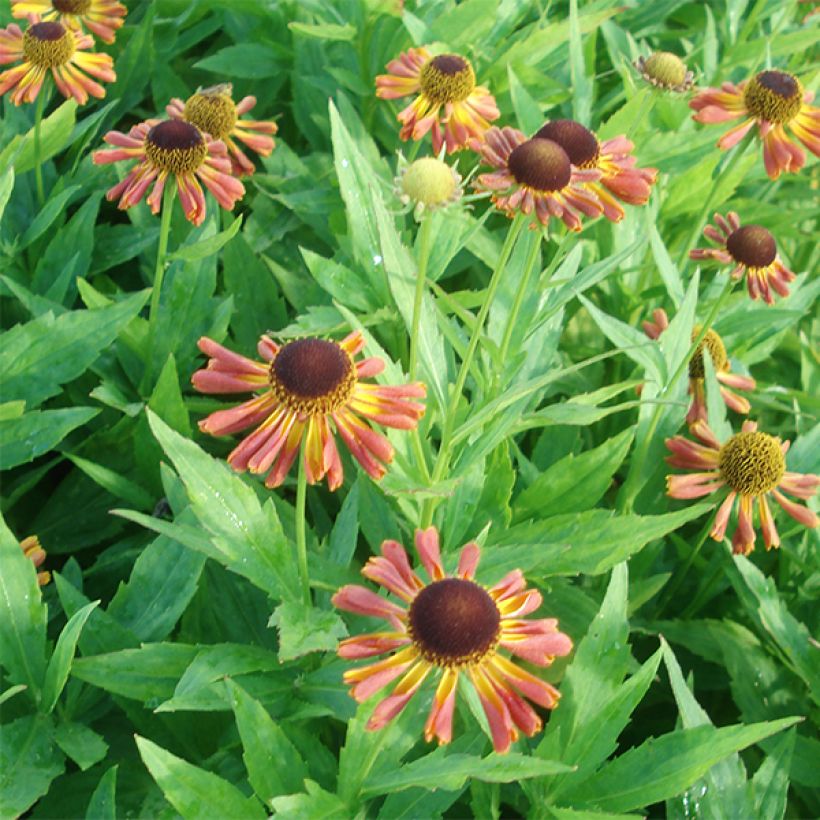

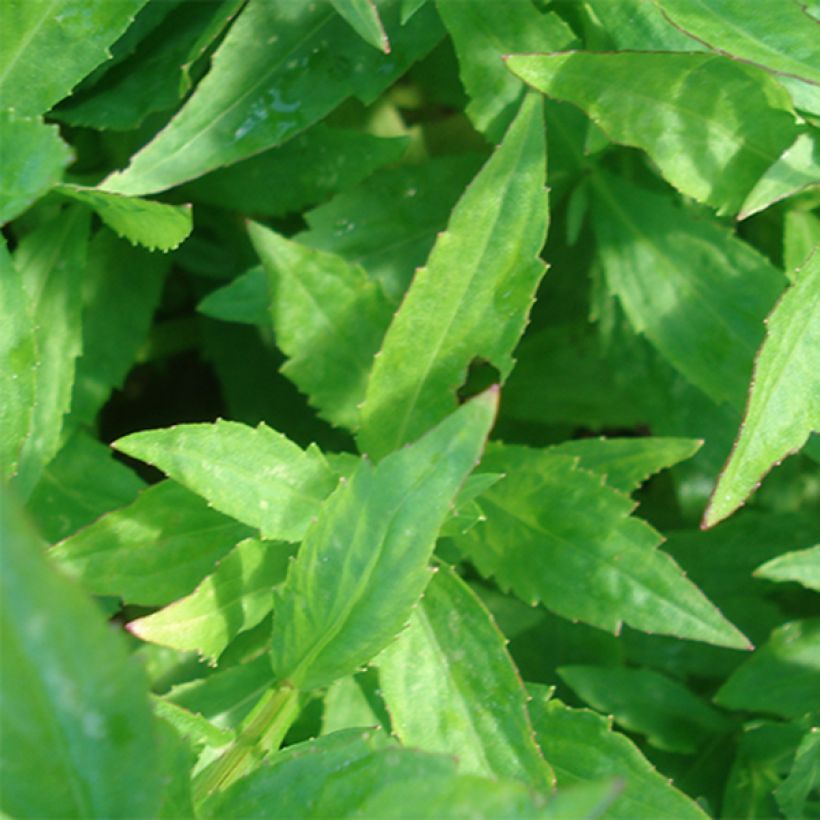

Flowering
Foliage
Plant habit
Botanical data
Helenium
Tie Dye
Asteraceae
Sneezeweed, Helen's flower, Dogtooth daisy
Cultivar or hybrid
Other Helenium
View all →Planting and care
Plant Helenium 'Tie Dye' in ordinary soil as long as it is well-drained by adding planting soil and/or well-rotted compost. Choose a sunny exposure for it. Water regularly after planting, then only water in case of prolonged drought once established. This medium-sized variety does not require staking. Cut back the plant once the stems have turned black. Every 2 to 3 years, you can divide the clump in spring or autumn to regenerate the plant and give it vigour.
Planting period
Intended location
Care
Planting & care advice
-
, onOrder confirmed
Reply from on Promesse de fleurs
Similar products
Haven't found what you were looking for?
Hardiness is the lowest winter temperature a plant can endure without suffering serious damage or even dying. However, hardiness is affected by location (a sheltered area, such as a patio), protection (winter cover) and soil type (hardiness is improved by well-drained soil).

Photo Sharing Terms & Conditions
In order to encourage gardeners to interact and share their experiences, Promesse de fleurs offers various media enabling content to be uploaded onto its Site - in particular via the ‘Photo sharing’ module.
The User agrees to refrain from:
- Posting any content that is illegal, prejudicial, insulting, racist, inciteful to hatred, revisionist, contrary to public decency, that infringes on privacy or on the privacy rights of third parties, in particular the publicity rights of persons and goods, intellectual property rights, or the right to privacy.
- Submitting content on behalf of a third party;
- Impersonate the identity of a third party and/or publish any personal information about a third party;
In general, the User undertakes to refrain from any unethical behaviour.
All Content (in particular text, comments, files, images, photos, videos, creative works, etc.), which may be subject to property or intellectual property rights, image or other private rights, shall remain the property of the User, subject to the limited rights granted by the terms of the licence granted by Promesse de fleurs as stated below. Users are at liberty to publish or not to publish such Content on the Site, notably via the ‘Photo Sharing’ facility, and accept that this Content shall be made public and freely accessible, notably on the Internet.
Users further acknowledge, undertake to have ,and guarantee that they hold all necessary rights and permissions to publish such material on the Site, in particular with regard to the legislation in force pertaining to any privacy, property, intellectual property, image, or contractual rights, or rights of any other nature. By publishing such Content on the Site, Users acknowledge accepting full liability as publishers of the Content within the meaning of the law, and grant Promesse de fleurs, free of charge, an inclusive, worldwide licence for the said Content for the entire duration of its publication, including all reproduction, representation, up/downloading, displaying, performing, transmission, and storage rights.
Users also grant permission for their name to be linked to the Content and accept that this link may not always be made available.
By engaging in posting material, Users consent to their Content becoming automatically accessible on the Internet, in particular on other sites and/or blogs and/or web pages of the Promesse de fleurs site, including in particular social pages and the Promesse de fleurs catalogue.
Users may secure the removal of entrusted content free of charge by issuing a simple request via our contact form.
The flowering period indicated on our website applies to countries and regions located in USDA zone 8 (France, the United Kingdom, Ireland, the Netherlands, etc.)
It will vary according to where you live:
- In zones 9 to 10 (Italy, Spain, Greece, etc.), flowering will occur about 2 to 4 weeks earlier.
- In zones 6 to 7 (Germany, Poland, Slovenia, and lower mountainous regions), flowering will be delayed by 2 to 3 weeks.
- In zone 5 (Central Europe, Scandinavia), blooming will be delayed by 3 to 5 weeks.
In temperate climates, pruning of spring-flowering shrubs (forsythia, spireas, etc.) should be done just after flowering.
Pruning of summer-flowering shrubs (Indian Lilac, Perovskia, etc.) can be done in winter or spring.
In cold regions as well as with frost-sensitive plants, avoid pruning too early when severe frosts may still occur.
The planting period indicated on our website applies to countries and regions located in USDA zone 8 (France, United Kingdom, Ireland, Netherlands).
It will vary according to where you live:
- In Mediterranean zones (Marseille, Madrid, Milan, etc.), autumn and winter are the best planting periods.
- In continental zones (Strasbourg, Munich, Vienna, etc.), delay planting by 2 to 3 weeks in spring and bring it forward by 2 to 4 weeks in autumn.
- In mountainous regions (the Alps, Pyrenees, Carpathians, etc.), it is best to plant in late spring (May-June) or late summer (August-September).
The harvesting period indicated on our website applies to countries and regions in USDA zone 8 (France, England, Ireland, the Netherlands).
In colder areas (Scandinavia, Poland, Austria...) fruit and vegetable harvests are likely to be delayed by 3-4 weeks.
In warmer areas (Italy, Spain, Greece, etc.), harvesting will probably take place earlier, depending on weather conditions.
The sowing periods indicated on our website apply to countries and regions within USDA Zone 8 (France, UK, Ireland, Netherlands).
In colder areas (Scandinavia, Poland, Austria...), delay any outdoor sowing by 3-4 weeks, or sow under glass.
In warmer climes (Italy, Spain, Greece, etc.), bring outdoor sowing forward by a few weeks.






























